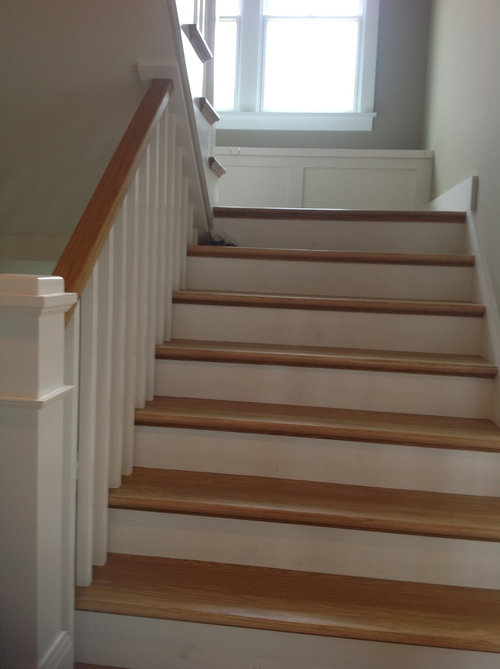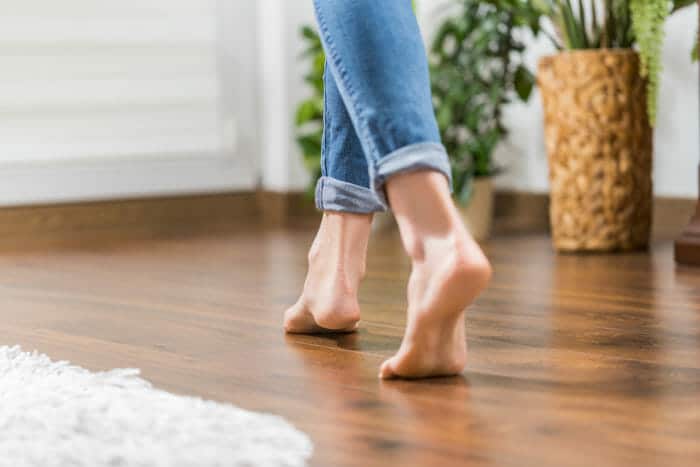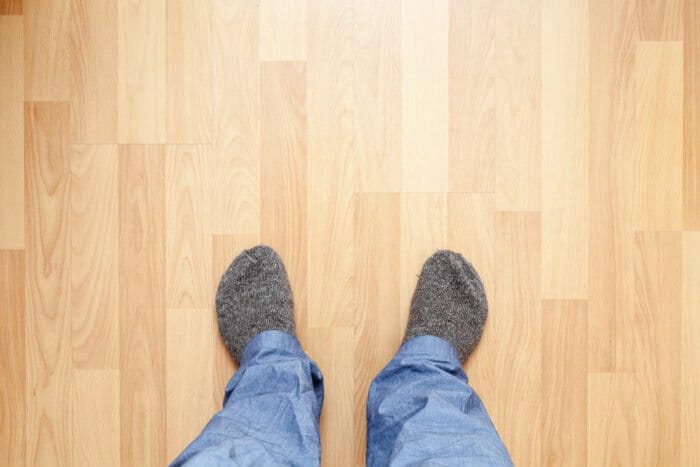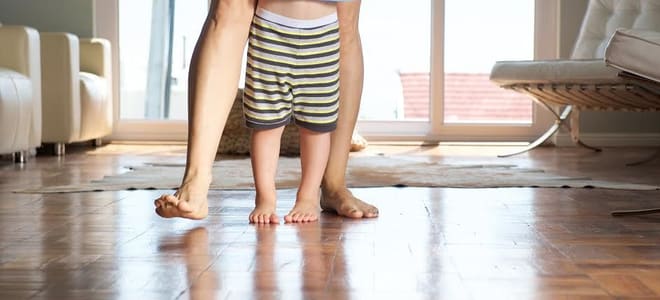Creaking Floors Upstairs
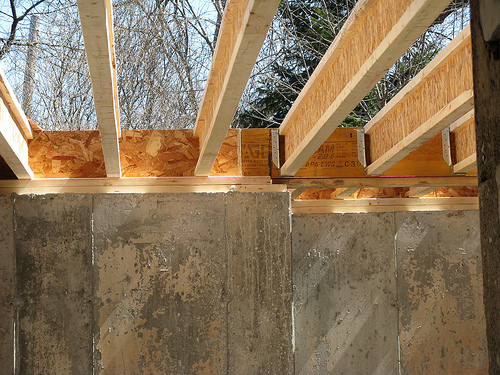
Wedge shims between the joist and subfloor and use a clawhammer to tap them into place.
Creaking floors upstairs. As you walk across the floor boards rub against each other or slide against nail shafts to produce a cacophony of squeaks and creaks. Cracking noises which the link above refers too seems to originate from ceilings but do not yet have a root cause the investigation highlights potential fixes i ve had them all with no success rescrewed perimeters cut to seperate ceiling from walls and resilient bars fitted non worked. But when you notice that squeak take a few moments to listen to what your floor is saying. Figure out exactly where the squeaking is coming from.
Go below the room with the squeaky floor and have someone slowly walk back. This causes the floorboards to. Install a joist brace. Nail the subfloor to the floor.
You ll have several options to stop it. If your upstairs floors are hardwood you will be able to see where the squeaky board is from the top. Generally floor joist are blocked every so many feet to help hold them in place and from moving. Squeaks happen when a house settles and wood flooring dries and then expands.
Creaky floors occur when the subfloor has been separated from floor joists. Creaking boards are the floorboards floor joists working loose causing movement. You can solve this by shimming the subfloor. Silencing squeaky floors is much easier if you have access to the space beneath the floor via a basement or crawl space.
Finding the squeak can be difficult but if the squeaking floor is open from below you re in luck. Squeaks and creaks are a normal part of having hardwood flooring. How do you stop your floor from squeaking. Install soundproof floor underlayment.
Final thoughts on fixing squeaky floors. Start out by checking your rh levels. Annoying floor squeaks common in many homes typically occur after the house has settled and flooring lumber has dried out and shrunk. Thus the creaking sound.
5 ways to fix a squeaky upstairs floor. Drill pilot holes through the hardwood only using a drill or rotary tool then drive in nails. Fill the gap between the joist and the subfloor. Gaps are also a symptom of decreased rh levels.
Don t pound the shims because they could lift the floorboards and cause more squeaking.



